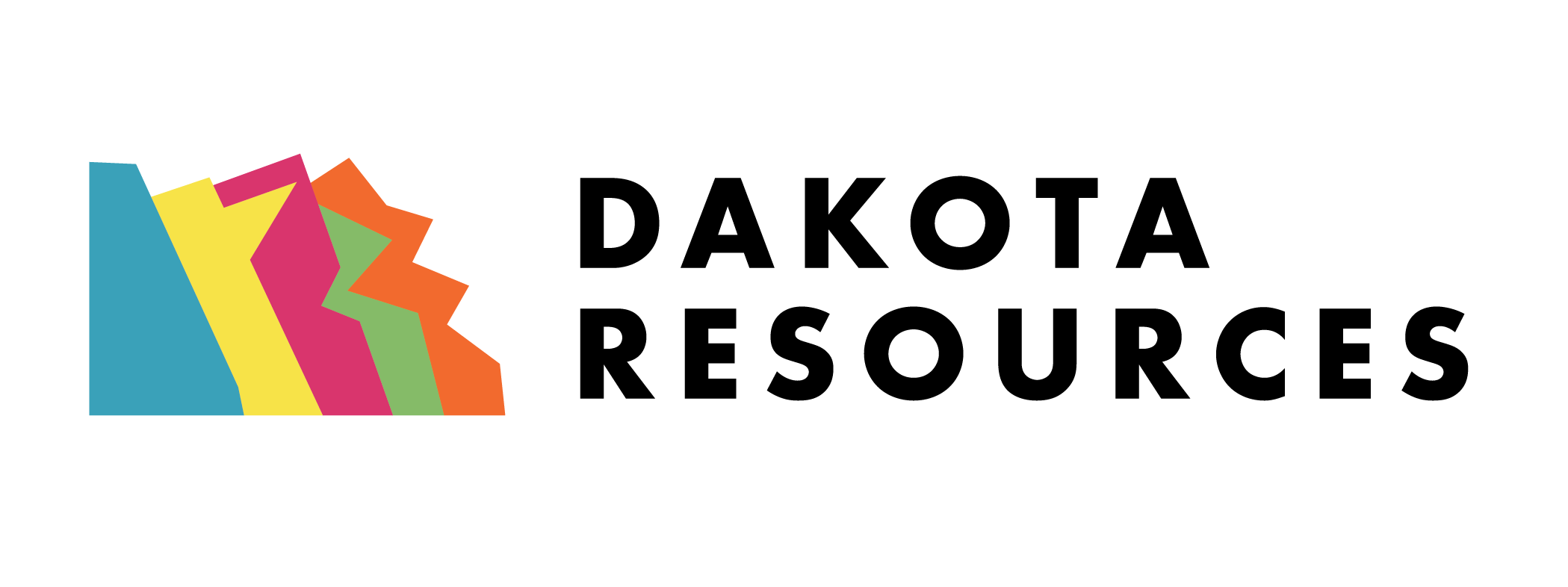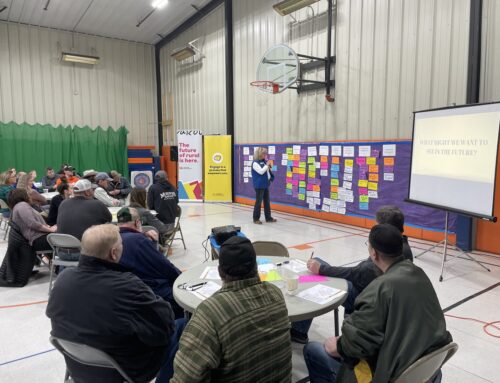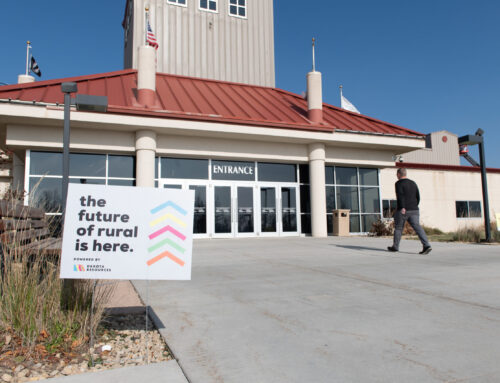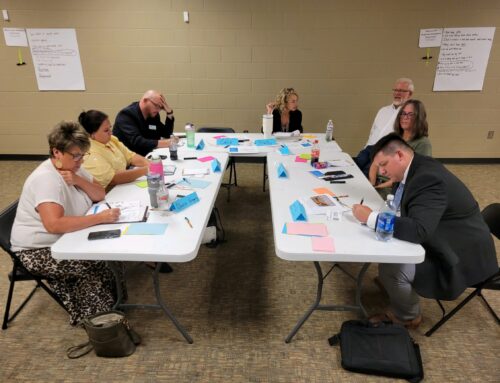What would your community’s New Year’s resolution be for 2021?
By: Paula Jensen
This is the time of year when we reflect on our personal successes and failures, then use that knowledge to set new strategies for our future. So, imagine if every year your community residents gathered in celebration of the previous year, then prioritized three to five New Year’s resolutions that would be worked on collaboratively throughout the year to create a thriving community? What would that look like?
There is a real motivational perspective in working collaboratively toward creating the thriving rural community we want to live in. Maslow’s hierarchy of needs is a motivational theory in psychology comprised of a five-tier pyramid of human needs. From the bottom of the hierarchy upwards, the needs are physiological (food and clothing), safety (job security), love and belonging needs (friendship), esteem, and self-actualization. Needs lower down in the hierarchy must be satisfied before individuals can attend to needs higher up. Recently, a colleague working in the rural community and economic development field shared a rural hierarchy of needs. From the bottom of the pyramid upwards, the needs were housing, education, quality of life, broadband, medical, transportation, and workforce.
These basic rural needs are essential conditions for the maintenance, growth, and well-being of our communities. People often ask me, “Why do some rural communities thrive, and others drop off the map?” My observations have revealed that thriving communities employ three motivational factors: grit, agency, and mastery.
Community Grit is defined as the passion and perseverance for long-term goals held by community residents and leaders who can envision their community thriving.
Community Agency is the capacity to overcome obstacles by navigating the system within given circumstances. Communities that display agency come together and layout strategies based on local needs. They also engage local residents, resource providers, and other stakeholders to approach solutions through innovative thinking.
Community Mastery is when residents and organizations collaboratively apply grit and agency over long periods of time to grow in amazing ways. This unique system has the capacity to move rural communities toward fully actualizing their potential.
The Community Mastery theory is a long-term strategy for community and economic development that can be achieved in three stages:
-
Apprentice Stage
-
Get connected – map out who is in your local, regional, and statewide networks, begin building relationships, then invite them into your work.
-
Get a vision – play to your strengths, then widen the vision to discover a niche that fits the future you want to create in your community.
-
Get a strategy – adapt systems of the past into a flexible view of your future that will fully actualize local potential.
-
-
Creative / Active Stage
-
Get Communicating – create a system that engages a multitude of voices and reaches all generations across many channels.
-
Get Leading – develop innovative opportunities for anyone, at any age to lead from their strengths.
-
Get Learning – build skills locally through training and mentorships, then practice and experiment by taking on small projects that lead toward a greater strategy.
-
-
Mastery Stage
-
Get Transformed – establish a system that celebrates success, learns from failure, and continually engages new people in various stages of the Community Mastery theory, while living like community and economic development is a marathon, not a sprint.
-
If you made it to this paragraph and are fretting about setting New Year’s resolutions for your community this year because it just will not work, then show some grit by sharing this article with three other people. Have a conversation and break down the community mastery theory because there’s always good value in trying to discover what is possible for your community.
Having a passion for community leadership and development is what drives Paula Jensen’s personal and professional life. Paula resides in her hometown of Langford, South Dakota, population 318+. She serves as a Strategic Doing practitioner, grant writer and community coach with Dakota Resources based in Renner, South Dakota. Dakota Resources is a mission-driven 501c3 Community Development Financial Institution working to connect capital and capacity to empower rural communities. Contact her.






